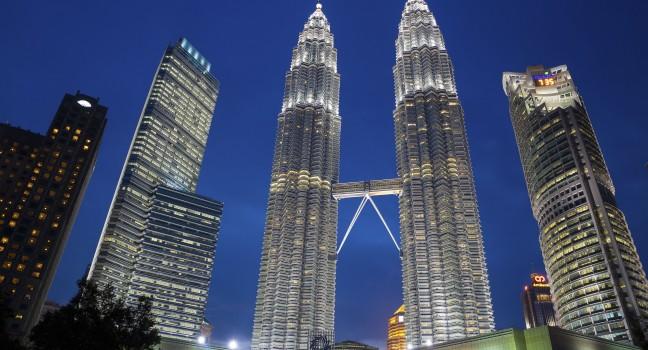Agnes Keith House
On a hill overlooking town and Sandakan Bay, the home of author Agnes Newton Keith is a trip back in time. American-born Keith came to Sandakan in the 1930s with her British husband, a North Borneo Company official, and wrote books about her experiences. "The Land Below the Wind" introduced Sabah to many Europeans, and "Three Came Home," chronicling Keith's captivity in a Japanese prison camp during World War II, is Keith's best-known work. The 1950 Hollywood film version was partially shot in Sandakan. Keith's two-story wooden villa, destroyed during World War II and rebuilt identically when the family returned in 1946, includes period photos and memorabilia evoking the highs and lows of Keith's time in Sabah. The house was nearly destroyed again during the 1990s before the Sabah Museum restored it. The grounds include exquisitely tended gardens and an observation pavilion with sweeping views of the town and harbor.




